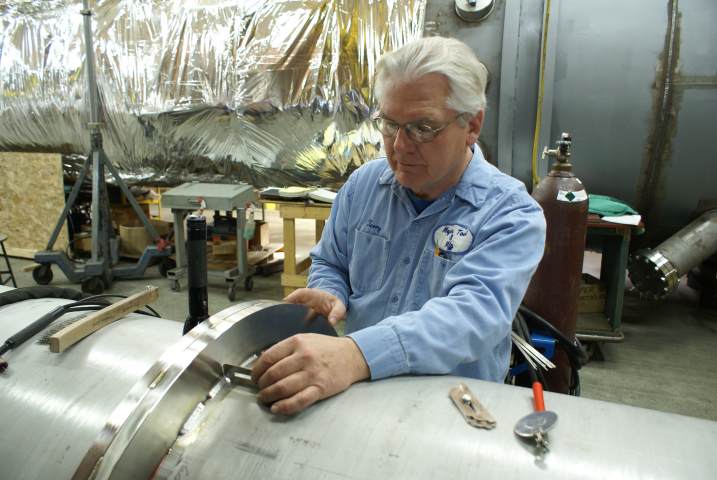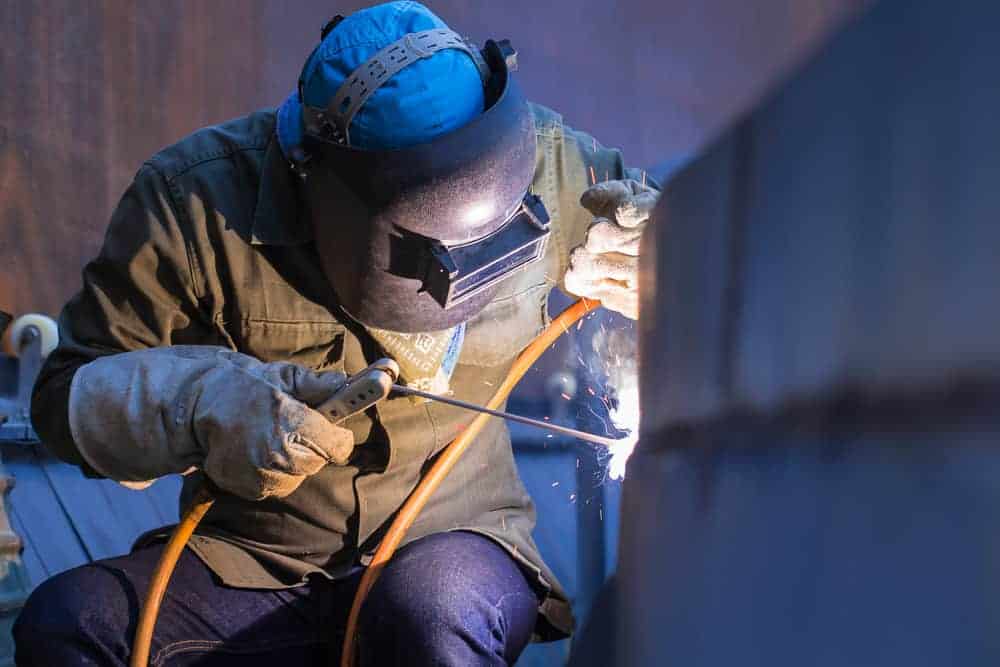Qualified Houston Welding Inspection Professionals for High-Quality Assessments
How Welding Evaluation Functions: A Thorough Analysis of Techniques, Standard, and the Duty of Inspectors in Making Sure Architectural Integrity and Security
Welding assessment is an important component in the construction and manufacturing industries, where the integrity of welded joints is vital to safety and security and reliability. Examiners are charged with not just examining weld quality against rigorous standards however likewise analyzing intricate codes and criteria.
Value of Welding Evaluation
Welding inspection is critical in ensuring the honesty and safety of bonded structures, with researches showing that up to 70% of architectural failures can be mapped back to insufficient welding practices. This underscores the value of systematic assessment processes throughout the welding lifecycle, from prep work to completion. Effective examination not just identifies defects prior to they escalate into considerable concerns but also guarantees compliance with industry standards and guidelines.

The role of welding assessors prolongs beyond mere quality assurance; they are essential in protecting public safety and security and lessening liability for organizations. By carrying out rigorous inspection methods, firms can discover problems such as insufficient blend, fractures, or extreme porosity, which can compromise the total toughness of a bonded joint. Ongoing training and certification of examiners add to the general high quality guarantee in welding procedures, promoting a culture of safety and excellence.
In addition, welding examination plays a pivotal duty in preserving operational performance. Identifying issues early at the same time promotes timely rehabilitative actions, reducing expensive rework and task delays. Eventually, a durable assessment structure works as a structure for trustworthy and sturdy bonded structures, guaranteeing they satisfy both useful and safety and security requirements.
Usual Evaluation Approaches
Exactly how can one make sure the quality of welded joints throughout the inspection procedure? The implementation of numerous examination approaches is crucial in assessing weld stability and identifying possible defects. Common approaches include Visual Examination (VT), which is usually the first line of defense, enabling examiners to identify surface area problems such as fractures, porosity, or insufficient blend by aesthetically evaluating the welds.
Ultrasonic Evaluating (UT) is another widely used technique, employing high-frequency acoustic waves to recognize internal defects within the weld. This technique is specifically reliable for discovering problems that are not noticeable to the nude eye. Radiographic Testing (RT) utilizes X-rays or gamma rays to produce pictures of the weld, allowing the recognition of volumetric issues, such as gaps or inclusions.
Magnetic Bit Evaluating (MT) and Fluid Penetrant Testing (PT) are additionally noticeable approaches, concentrating on surface problems. MT relies on magnetic fields to reveal surface area and near-surface discontinuities, while PT involves using a liquid color to highlight problems. Each of these approaches serves a distinctive objective, guaranteeing the comprehensive assessment of welded joints and guarding architectural integrity and safety and security.
Criteria for Evaluating Welds
The evaluation of welds is assisted by a set of well established standards that guarantee both capability and safety and security in bonded structures. These criteria include different aspects, consisting of weld size, account, and penetration, which should adapt specified criteria. Compliance with market codes, such as those set by the American Welding Society (AWS) or the American Society of Mechanical Engineers (ASME), is essential in determining the reputation of a weld.

Weld metallurgy plays a crucial role; the examination considers the blend high quality between base and filler materials, in addition to heat-affected zones. Ultimately, the general mechanical buildings, including tensile toughness and ductility, must satisfy the needs developed for the certain application. Collectively, these requirements make certain that welds not just meet aesthetic requirements however additionally carry out accurately under operational problems.
Function of Welding Inspectors
A welding inspector's expertise is essential in ensuring the stability and quality of welded frameworks. These specialists play a vital role in the manufacture and building process by validating that welding operations comply with established criteria and specs. Their obligations incorporate a comprehensive range of jobs, consisting of aesthetic inspection of welds, assessing welding documents, and conducting non-destructive testing (NDT) methods such as radiographic or ultrasonic testing to recognize flaws.
Welding assessors are also in charge of interpreting welding codes and standards, guaranteeing that the welders are qualified and that the products used meet the needed requirements - Houston Welding Inspection. They must preserve thorough records of examinations, which offer as paperwork of conformity and quality control. Moreover, these examiners often team up with engineers and job managers to resolve any kind of problems that arise during the welding process, providing recommendations for rehabilitative activities when essential.
In addition to technological abilities, effective interaction is vital, as welding assessors should convey findings clearly to stakeholders and assist in training and support for welders. Inevitably, their function is integral to keeping security and dependability in welded structures, contributing substantially to the total success of building and construction tasks.

Obstacles in Welding Evaluation
What obstacles do welding assessors encounter in their important function? The complexities of modern-day welding methods and materials present substantial difficulties for inspectors entrusted with making sure compliance with safety criteria and blog here architectural integrity. One key challenge is the rapid advancement of welding technology; assessors need to constantly upgrade their understanding and abilities to stay effective. This ongoing education and learning is important to recognizing new products and processes, which can differ widely in features and demands.
Additionally, inspectors commonly run into variants in worksite problems that can hinder inspection processes. Variables why not look here such as environmental conditions, access, and the physical state of the welded structures can complicate detailed assessments. Time restrictions enforced by task schedules can even more push inspectors, potentially influencing the thoroughness of their assessments.
In addition, the subjective nature of some inspection approaches can lead to inconsistencies in evaluations. Aesthetic examinations might vary based on the inspector's experience and perspective.
Conclusion
Welding assessment is vital for preserving structural honesty and security in various industries. Through the application of varied assessment techniques and adherence to established standards, examiners play a pivotal role in guaranteeing and identifying flaws compliance with industry criteria. The difficulties faced in this area highlight the necessity for constant improvement in inspection strategies and methods. Inevitably, efficient welding examination contributes considerably to mitigating risks and improving the total reliability of bonded structures.
Welding examination is a necessary element in the building and construction and production sectors, where the integrity of welded joints is paramount to security and integrity.Welding evaluation is important in guaranteeing the honesty and security of bonded frameworks, with studies indicating that up to 70% of structural failures can be traced back to inadequate welding techniques. Their obligations include a comprehensive range of jobs, consisting of aesthetic inspection of welds, evaluating welding paperwork, and carrying out non-destructive screening (NDT) methods such as ultrasonic or radiographic screening to determine flaws.
Welding assessors are additionally liable for analyzing welding codes and standards, making sure that the welders are qualified and that the materials utilized satisfy the required requirements. Inevitably, reliable welding examination adds dramatically to mitigating threats and boosting the general dependability of bonded frameworks.